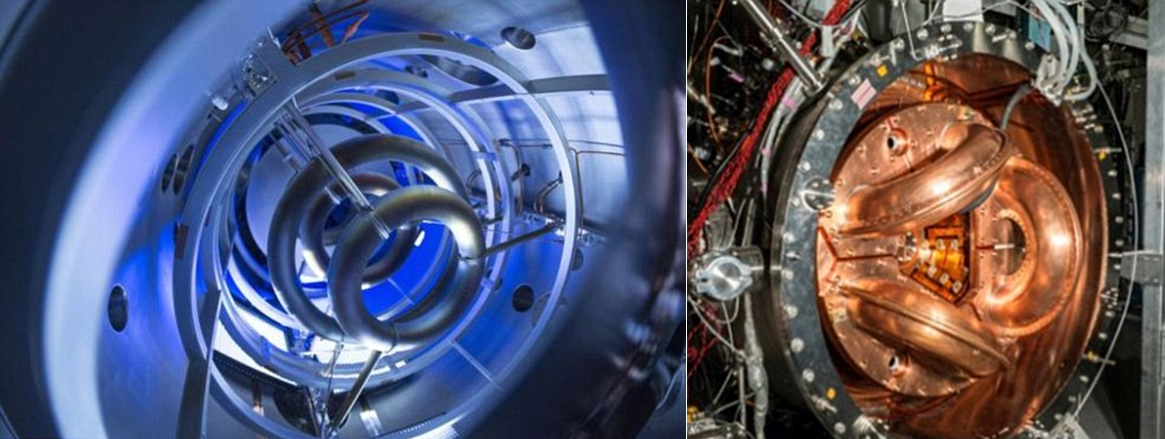It’s been interesting to observe and, to some degree, be involved in the media coverage that accompanied Lockheed Martin’s announcement revealing their Skunk Works Compact Fusion Reactor program.
What a way to close out 2014!
In the wake of the Lockheed announcement, fusion has been featured in Aviation Week, New Scientist, The Guardian, Wired, Popular Mechanics, Physics Today, Forbes, Science, the Washington Post, NBCNews, The Economist, Foreign Policy, etc. The intensity of the Lockheed coverage – and to a smaller extent the announcement by Prof. Tom Jarboe and his team at the University of Washington the week before – has probably surprised everyone in the field. The fusion community is used to toiling earnestly in the lab without much in the way of public profile.
There are, however, moments of attention – the National Ignition Facility’s results published in Science earlier this year, our Founder Michel Laberge’s TED talk, and this recent media flurry, amplified by Lockheed Martin legendary reputation as a technology leader. We’re reminded that the public understands what success in fusion could mean for the world, and, people really want us to succeed.
What lessons can we draw from all of this? There are at least three:
- Fusion Energy inspires – the general public has come to understand that fusion offers the promise of a better future for humanity. As a result, people are hungry to see progress in this field and are excited by the innovation and the technological challenge.This is important and powerful, because today’s global conversation about energy and climate issues demands both fast action and solutions that will transform our fossil-fuel dominated economy. Fusion energy needs to be part of the conversation alongside all other forms of emission-free energy – it now seems pretty clear that the general public understand this, too.
- This hunger, and the echo chamber of the media, can lead to fusion news getting blown out of proportion. Fusion is real technology, not magical science-fiction wonder-tech, and that means its challenges are real too, no matter the specific approach being pursued.More than any other technology, fusion’s tremendous promise is balanced by the scale of its technological challenge. In a sound-bite media world, it can be difficult to convey that balance.
- We in the fusion research community are all in this together. The recent coverage just emphasizes how similar our challenges are. Big projects or small, technological challenge or communication challenge, it is all so familiar.Support for a diversity of ideas and research thrusts is important. Success from one will breed success with another, and attract more interest and support for the pursuit of this dream. Fusion is a work in progress, and anyone can point to major challenges ahead, for every technological approach. That will be true until the day fusion power plants are powering cities. And that day will come.
So let’s be careful not to get hung up on the hurdles ahead and take a moment to recognize some positive news. Professor Jarboe’s team has some promising results and a totally new concept. Lockheed Martin’s Skunk Works division, the fabled arm of one of the world’s foremost technology companies, is saying: the time may be right, that fusion is an opportunity worth pursuing, and they’re looking for partners.
Fantastic.

